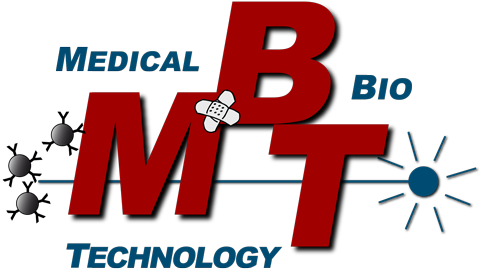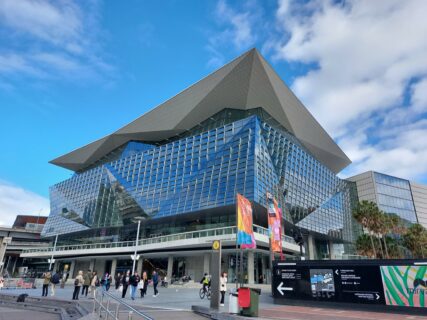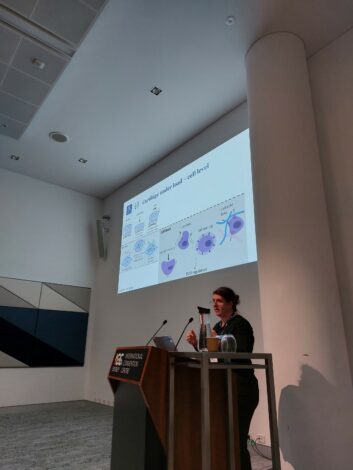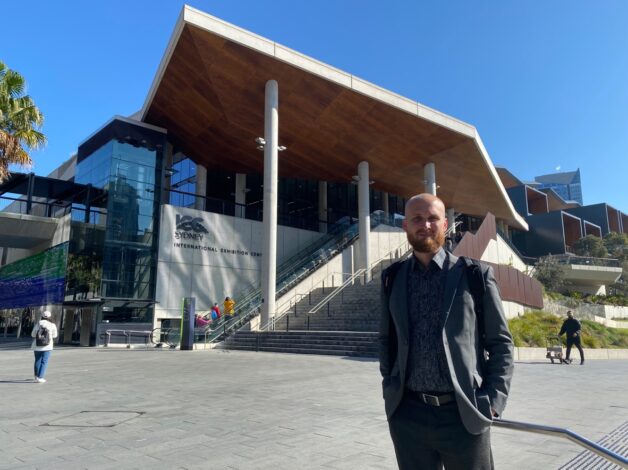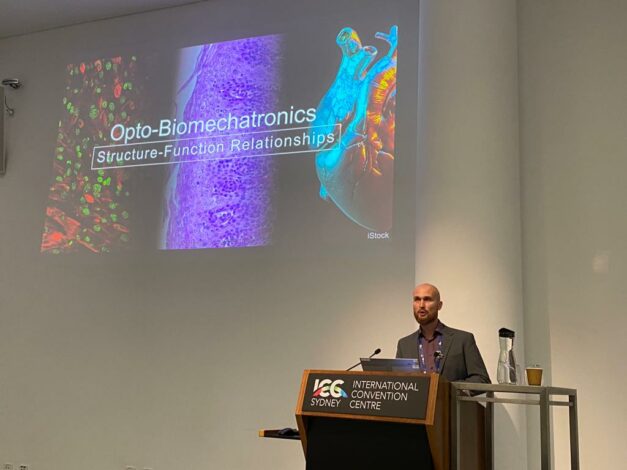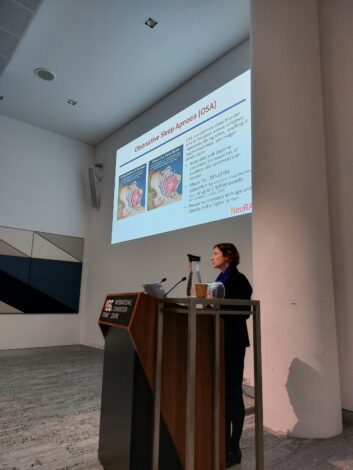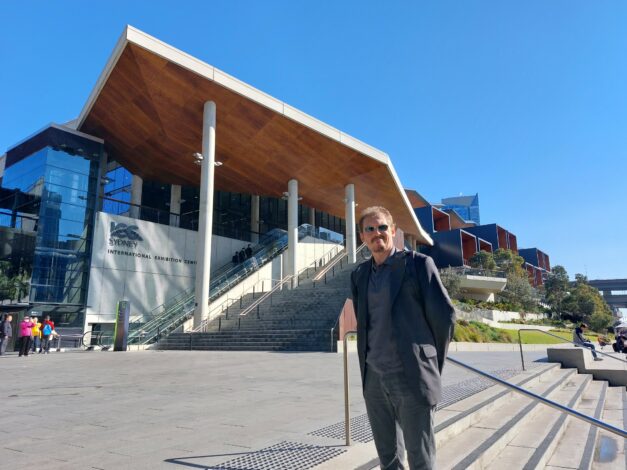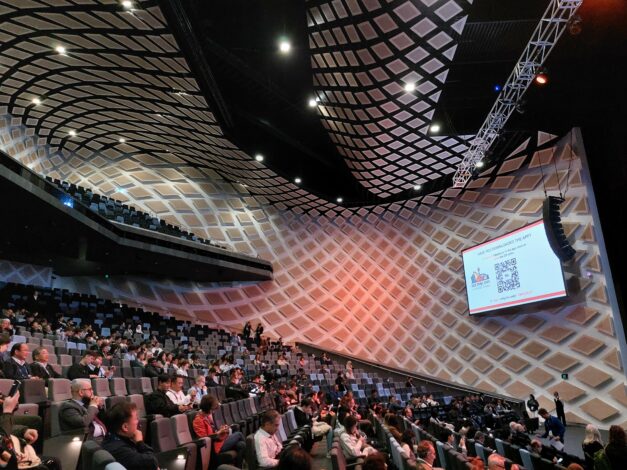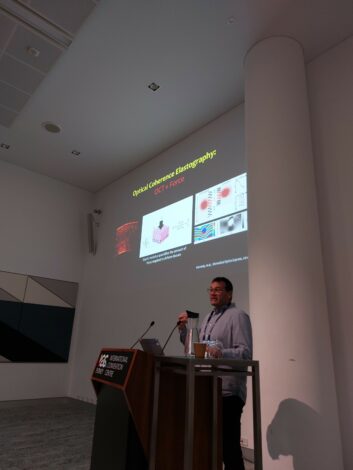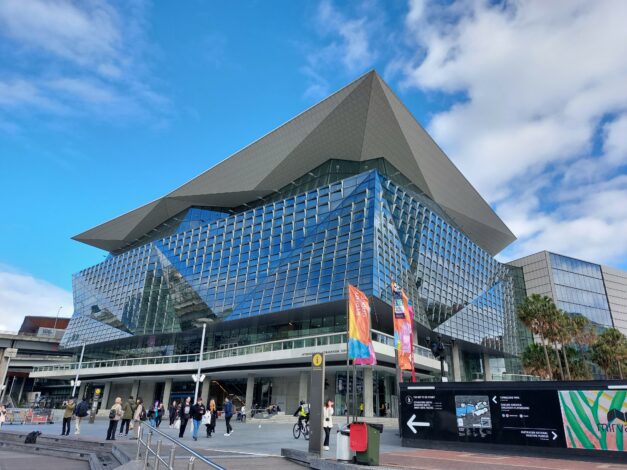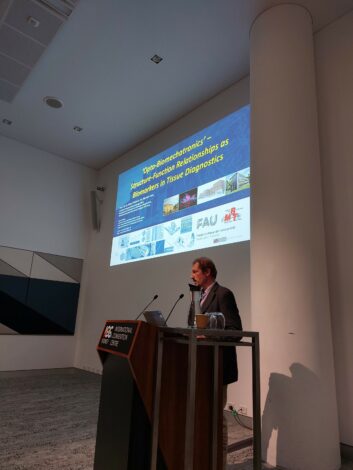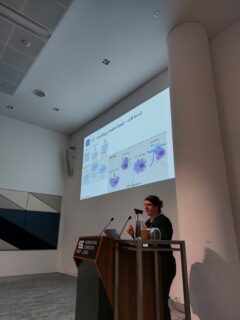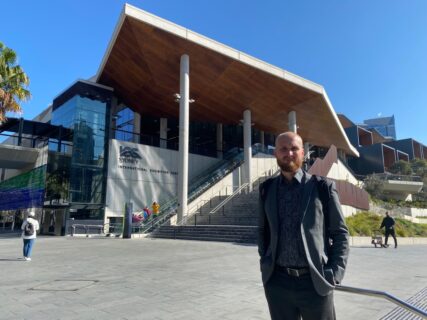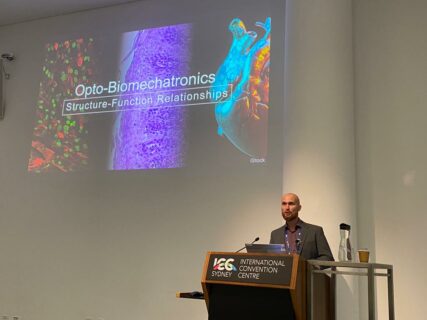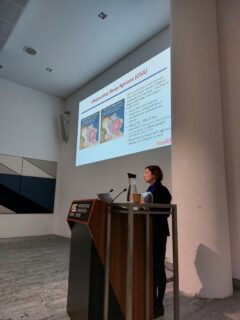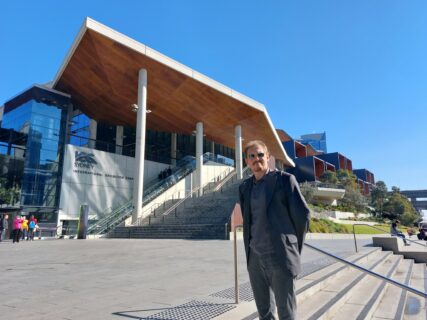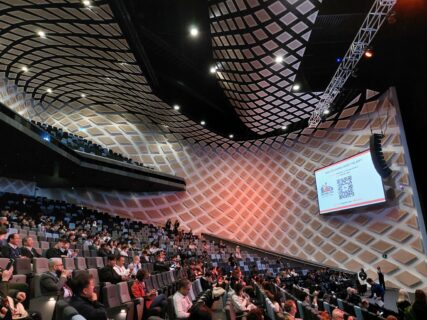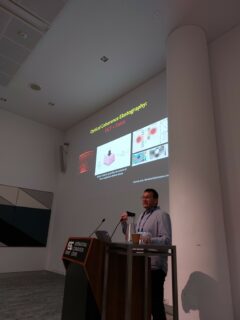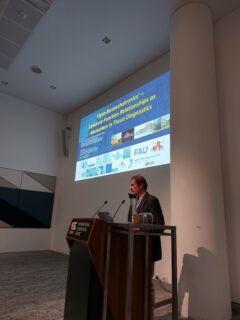Advancing Healthcare Technology: Opto-Biomechatronics at the 45th Annual IEEE EMBC Conference
The world of healthcare technology is constantly evolving, and at the forefront of these advancements stands the IEEE (Institute of Electrical and Electronics Engineers, Inc.), the largest technical professional society on the planet. With its mission to push the boundaries of technology across various disciplines, the IEEE annually sponsors over 850 conferences worldwide. Among its most prominent events is the IEEE Engineering in Medicine and Biology Society (EMBS), the world’s largest international society of biomedical engineers. This year’s 45th Annual Conference of the IEEE Engineering in Medicine and Biology Society (EMBC, 24.07. – 27.07.) brings together leading researchers, engineers, and healthcare professionals from around the globe. The conference will serve as a hub for sharing ground-breaking research and innovations in biomedical engineering, paving the way for significant developments in medicine and biology.
Amidst the array of captivating symposia, the Institute of Medical Biotechnology (Dr. Michael Haug & Prof. Dr. Dr. Oliver Friedrich) host a symposium about the fascinating field of „Opto-Biomechatronics: Tissue Diagnostics and Engineering“. This unique symposium, chaired by Michael Haug, and organized by Michael Haug and Oliver Friedrich, aims to unite two classical bioengineering areas—biophotonics and biomechatronics. The convergence of these fields holds tremendous potential to improve tissue diagnostics, health, and disease, as well as tissue engineering techniques.
Traditionally, tissue structure and function assessment have been addressed separately in biomedical research, often in succession or on different biological samples. However, the symposium acknowledges that merging biophotonics and biomechatronics could lead to stimulating advancements, allowing for simultaneous structure-function assessments of biological samples. Such an integrated approach is poised to overcome the limitations of current sample processing procedures, where functional assessment after fixing and slicing for imaging becomes impractical.
The symposium will be graced by the presence of international leaders in the fields of biomedical photonics, biomechatronics, and opto-biomechatronics. These experts will present the latest developments in driving this research frontier, exploring the challenges and highlighting the myriad of applications these combination technologies may offer in biomedicine. From non-invasive imaging techniques to innovative approaches in tissue engineering, opto-biomechatronics holds the potential to transform healthcare diagnostics and treatments.
As with any pioneering endeavor, merging biophotonics and biomechatronics into opto-biomechatronics presents new engineering challenges. This symposium will delve into these challenges, providing insight into how they are being addressed and discussing potential future developments. Through collaboration and knowledge exchange, attendees will contribute to shaping the future of this research field.
